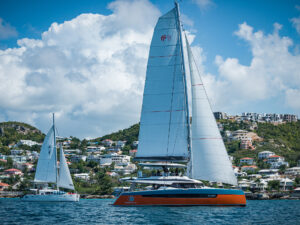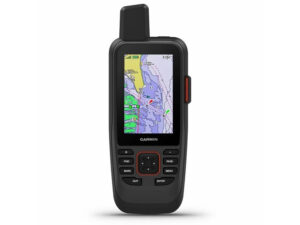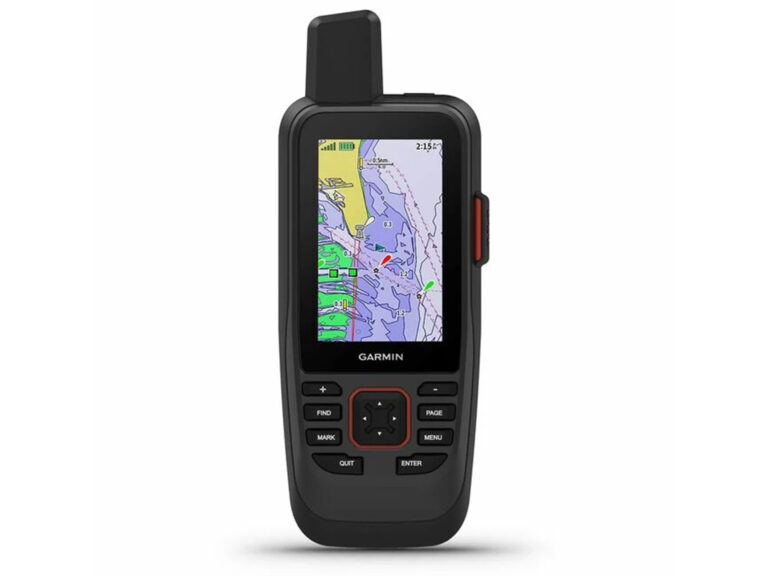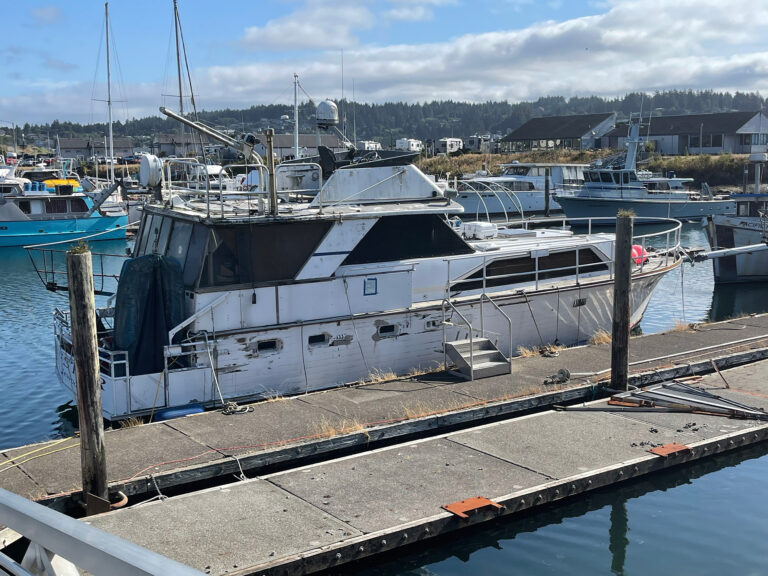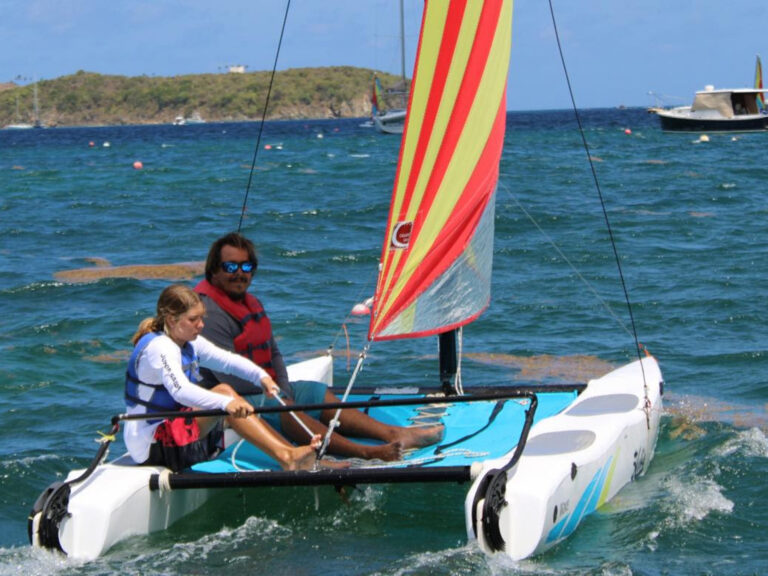
Our boat was halfway to Bermuda in the middle of the capricious Gulf Stream. The 30-knot northeasterly breeze had us sailing fast, but it was uncomfortable pounding in the confused seaway. One of our crew was seasick.
In truth, all of us on the boat—including me—felt sick as we slammed through the waves. I went below and encouraged the ailing crewmember to join us on deck. To her credit, she put on her foul-weather gear and made her way up, albeit looking pale. I invited her to the after part of the boat and got her on the steering wheel. The combination of fresh air, seeing the waves, and focusing on the task helped her overcome discomfort.
I have watched many top sailors deal with seasickness. Everyone is susceptible to it. This particular episode made me wonder if motion sickness is a psychological problem or a physical issue. And that begs the question: Are there effective remedies?
Three factors determine whether a person gets seasick: size of the vessel, sea conditions and individual susceptibility.
Sailboats move through the water in diverse ways, including rolling, pitching, yawing, surging, heaving and swaying. These actions are not natural for humans. Three of the body’s systems deal with balance and position: the vestibular system in the inner ear, the eyes the and position sensors in the neck, which signal movement of the head. When you receive unnatural information from your eyes and inner ear, you might start to feel ill.
Early symptoms include sweating or overheating, headaches, dizziness and, worst of all, nausea. An empty stomach, an unpleasant odor and alcohol can also induce nausea. Vomiting is a normal result, and I have learned to avoid fighting it off. Just let it happen. But immediately afterward, drink water (sip slowly), and sit quietly to recover. The risk of dehydration is greatest after vomiting. Also, brush your teeth to eliminate any residue.
Anxiety also adds to motion sickness. Distracting a person who feels seasick with conversation or music can be helpful. After a few minutes, a small amount of food will give added relief.
To help alleviate queasiness, stay hydrated and wear the proper clothing (not tight around the stomach) to avoid sunstroke or feeling cold. Fresh air is better than being in stifling conditions belowdecks. For me, Coca-Cola and ginger ale work wonders thanks to the combination of carbonated fluid and caffeine, though some medical experts say that caffeine is unhelpful.
Time is also a factor. Simply being on a boat lets the body adjust to being away from land. Experienced offshore hands say that it usually takes about two or three days to get their sea legs before motion sickness subsides.
Steering, as noted, is a nice remedy. Watching the horizon and concentrating on waves allow the inner ear and eyes to get in sync with the boat’s motion. Looking at a fixed point, such as the horizon or a distant shoreline, is a good practice to help overcome seasickness.
There are many medications on the market. I’m not a doctor, so I don’t give medical advice. People with medical conditions such as glaucoma, asthma and heart disease, and women who are pregnant should check with a doctor before using any medical drug or device.
With that said, based on what I’ve seen and experienced myself over the years, Dramamine is one of the most common options people try, in pill or chewable forms taken several times a day. Ideally, take it at least a half-hour before heading to sea. Tums can help with nausea, while Bonine is a one-pill-per-day option. Ginger mints are another supplement. I have had success with prescription Transderm scopolamine, a circular patch that you place behind your ear at least three hours before departure. Its effects will last for 72 hours. Warning labels state that there is likely some diminished sensitivity or drowsiness, and some people have experienced hallucinations, but I have never had a problem.
Some sailors have had success using a bracelet with an acupressure button applied to the wrist. A Reliefband generates a pulse through the soft side of the wrist in a way that the manufacturer says normalizes nerve messages from the brain to the stomach. Another company that produces a wristband is EmeTerm.
Some precautionary measures are nature-based. Sitting in the center of the boat (fore and aft) can reduce the motion through the water. Getting plenty of rest before heading to sea is important as well. Far too often I see racing sailors party hard the night before a long-distance race; they suffer out on the water.
The night I got seasick in the Gulf Stream, I was exhausted. Sleeping was difficult with the boat’s continual pounding. The process of visiting the head, drinking a cup of hot tea, finding my boots, and putting on my foul-weather gear was arduous. And then, when I opened the midhatch, a giant wave broke over my head. The feeling of water sliding down my chest was unnerving.
Getting rest is important. Far too often I see racing sailors party hard the night before a long-distance race; they suffer out on the water.
Still, I gingerly crept to the back of the boat. With my hands secure on the wheel and the boat aimed at Bermuda, I realized that my discomfort had vanished. My mind focused on how great it was to be steering, and on seeing the sky, the clouds and the sails overhead.
I no longer had any motion sickness. It was pure joy as we raced toward the distant horizon.


